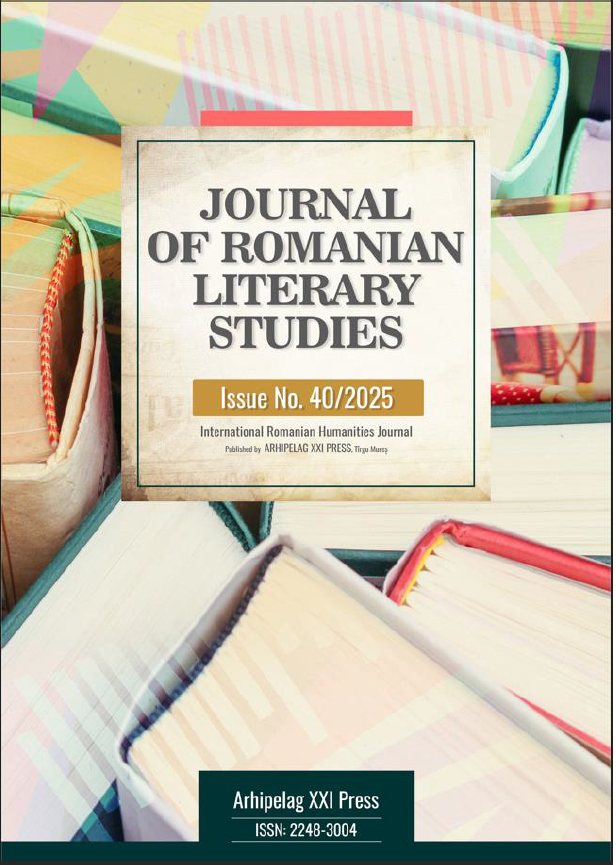FIGURATIVE LANGUAGE PROCESSING - A COGNITIVE AND LINGUISTIC PERSPECTIVE
FIGURATIVE LANGUAGE PROCESSING - A COGNITIVE AND LINGUISTIC PERSPECTIVE
Author(s): Alexandru Cornel SelyemSubject(s): Language and Literature Studies, Theoretical Linguistics, Applied Linguistics, Phonetics / Phonology, Morphology, Lexis, Semantics, Sociolinguistics, Computational linguistics, Descriptive linguistics, Philology, Stylistics
Published by: Editura Arhipelag XXI
Keywords: fictive motion; figurative language; eye-tracking; linguistics; meaning;
Summary/Abstract: Fictive motion, a subtype of figurative language, describes static objects in a way that implies movement. Phrases like “The highway cuts through the valley” create an impression of motion without any physical displacement. This linguistic phenomenon is linked to cognitive and neural mechanisms, including embodied cognition, mental simulation, and neural activation in brain areas such as the left inferior frontal gyrus and posterior superior temporal sulcus. Research indicates that fictive motion engages both linguistic and perceptual-motor systems. Studies utilizing eye-tracking and the visual-world paradigm provide empirical insights into how fictive motion is processed. Participants exhibit longer fixation times and increased saccadic movements when interpreting fictive motion sentences, suggesting mental simulation of movement. These findings support the embodied cognition theory, which argues that language comprehension is grounded in sensory and motor experiences.
Journal: Journal of Romanian Literary Studies
- Issue Year: 2025
- Issue No: 40
- Page Range: 597-601
- Page Count: 5
- Language: English

